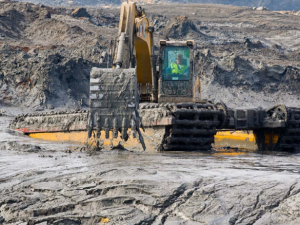
More than 30 years ago, Congress prohibited disposal practices that posed unreasonable risks to public health, and required closure of illegal “open dumps” within five years. In 1979, EPA defined “open dumping” to include any disposal that caused groundwater pollution to exceed Safe Drinking Water Act “Maximum Contaminant Levels” then in effect for arsenic and other pollutants. These standards were adopted under Resource Conservation and Recovery Act (RCRA) Subtitle D, which deals with nonhazardous solid wastes. This is the subtitle that coal and power industries have promoted as the best alternative for coal ash regulation. While EPA can set Subtitle D standards, the Agency is prohibited from enforcing them and provides no funds for State implementation.
Based on a review of recent (though limited) groundwater monitoring data from state agencies, at least 33 active coal ash disposal sites in 19 states meet the open dumping criteria for one or more of the following coal ash‐related pollutants: arsenic, barium, cadmium, chromium, fluoride, lead, mercury, and selenium. This list includes chemicals that cause cancer, neurological damage, developmental problems, and other diseases. Groundwater that meets the open dumping criteria is toxic and unsafe to drink.


